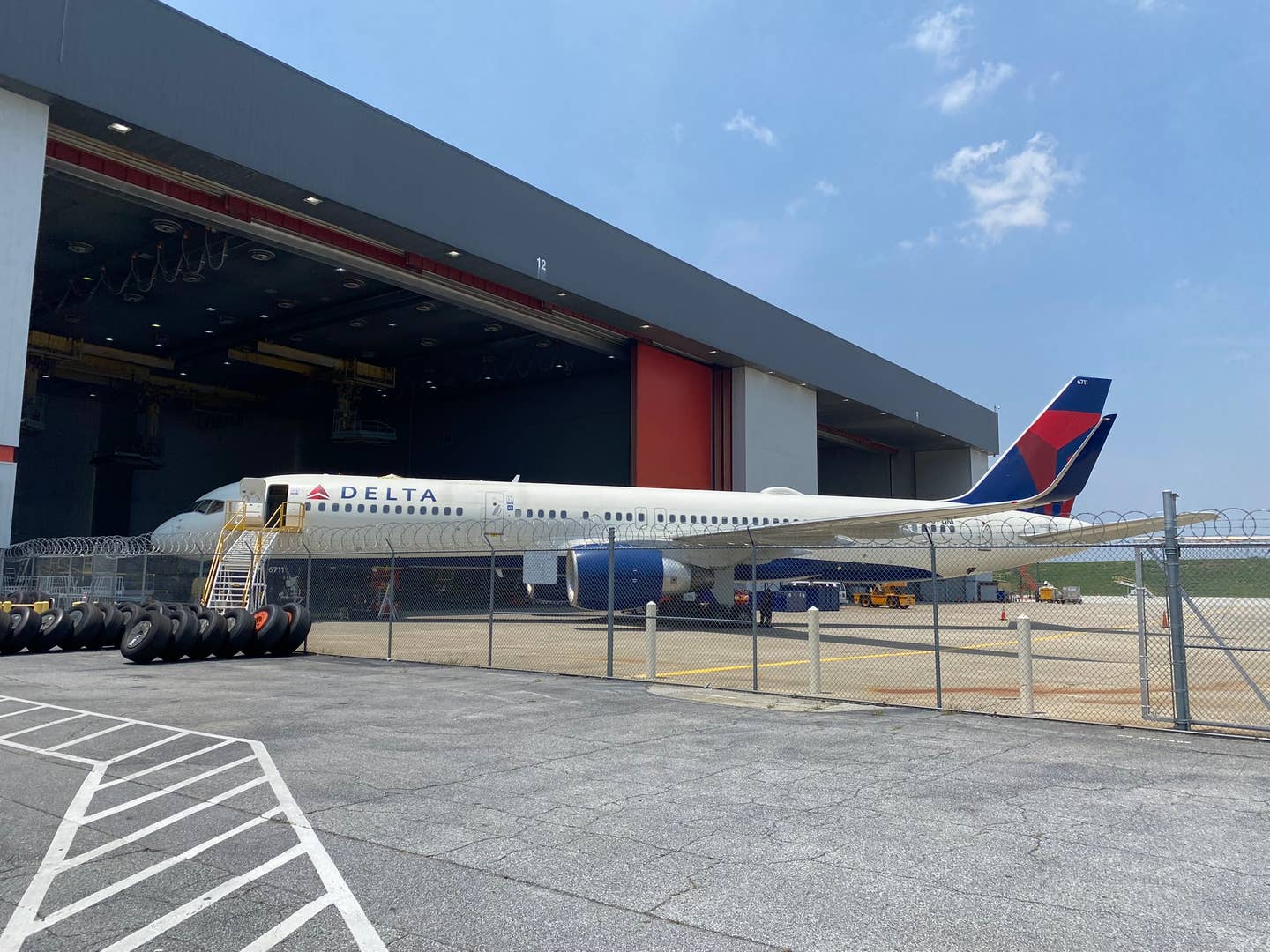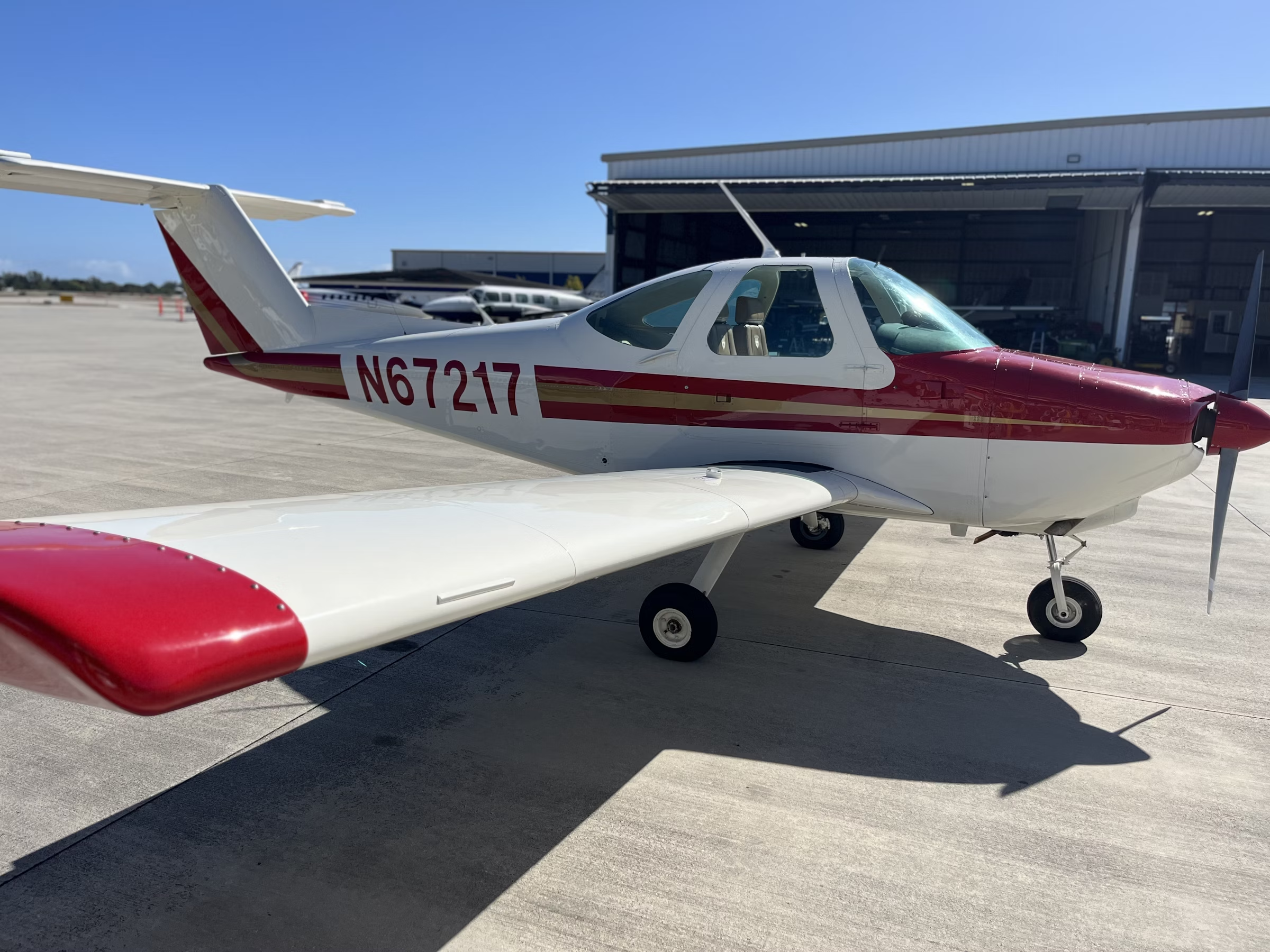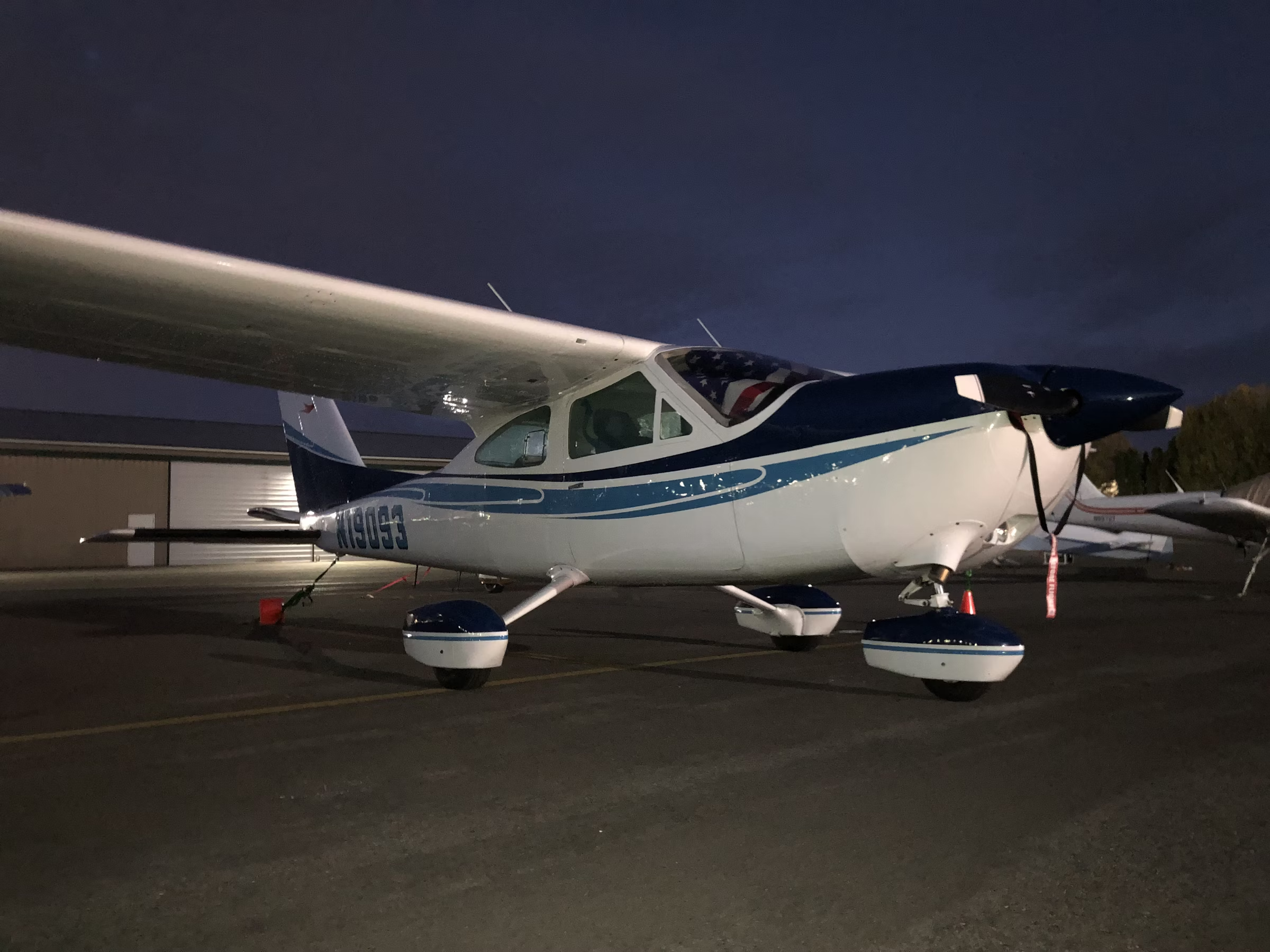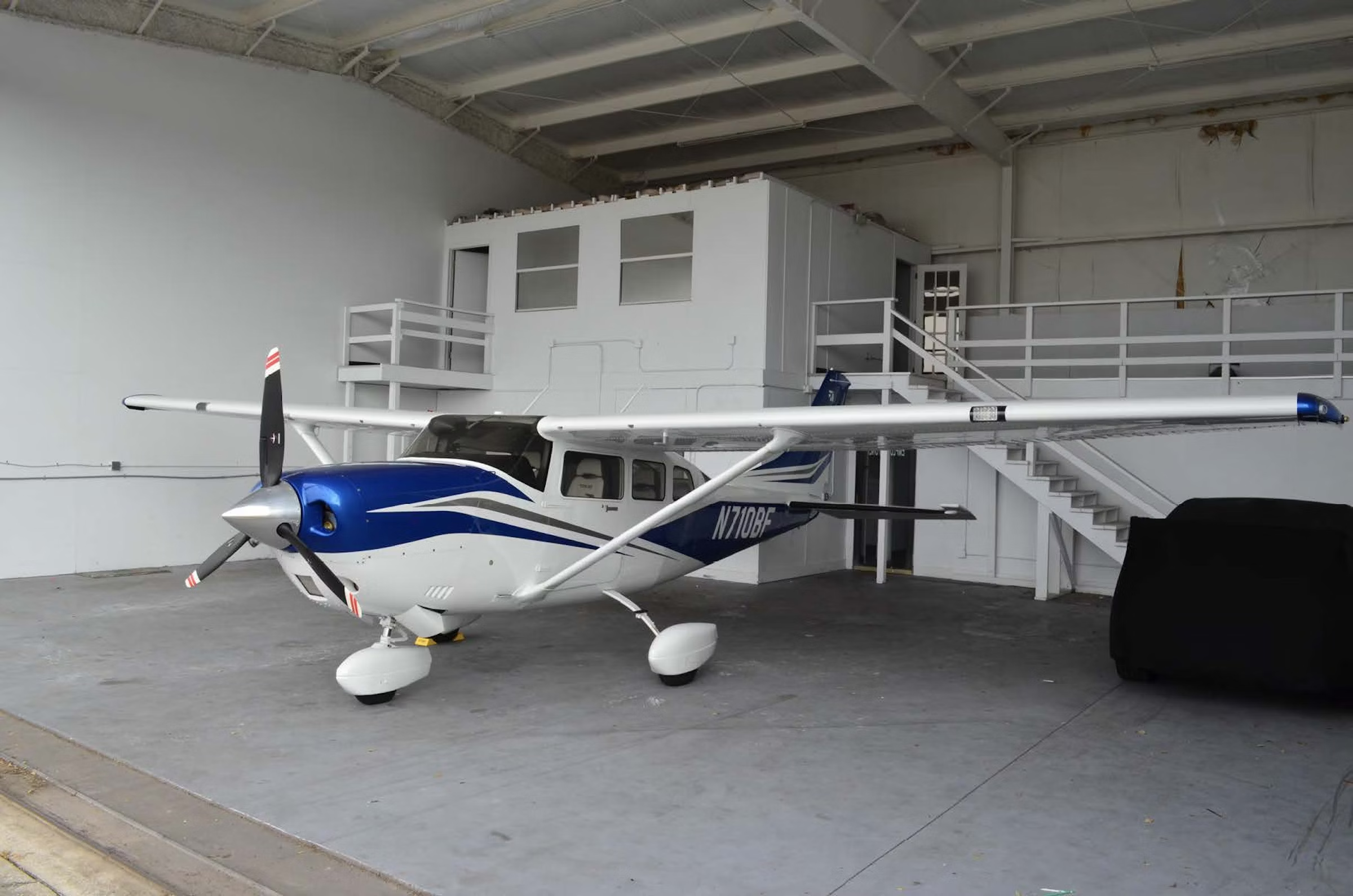Deadly Tire Explosion at Delta Facility Highlights Risks in Aviation Maintenance
Maintaining situational awareness is critical when working with aircraft wheels, brakes, and tires.

A Boeing 757 outside Delta TechOps, the maintenance and repair arm of Delta Airlines. [Courtesy: Richard Scarbrough]
On August 27 at 5 a.m. EST, an aircraft tire explosion in the wheel and brake shop at Delta TechOps at Hartsfield-Jackson International Airport (KATL) in Atlanta killed two mechanics and sent another to the hospital with serious injuries
While Delta provided few details about the explosion, which is under investigation, here is what we know. Mechanics removed the tire from a Boeing 757 and transferred the wheel and tire assembly to the wheel and brake shop. I walked past that shop hundreds of times during my stint at TechOps, and to think about a tragedy of this magnitude is quite surreal.
- READ MORE: Two Killed in Delta Aircraft Tire Explosion
"It is a little bit alarming because this stuff doesn't happen every day or every week or even every month,” Kyle Bailey, a former FAA safety expert and aviation analyst, told Atlanta Fox affiliate WAGA-TV. “These things explode, these things malfunction, people make mistakes. But sadly, in this case, two people were killed."
I can attest that I have been an A&P mechanic for over 30 years, and 99 percent of things go off without a hitch. Unfortunately, when things go wrong in aircraft maintenance, they go terribly wrong.
Keep Your Head on a Swivel
In navigating the dangers of aircraft maintenance, it's critical to maintain situational awareness, or “keep your head on a swivel," according to the National Aviation Academy.
When my father worked for United Beechcraft at Fulton County Executive Airport/Charlie Brown Field (KFTY) in the early 1990s, a mechanic called for help holding a breaker bar so he could break down a King Air wheel and tire assembly. Having neglected to deflate the tire, it exploded, resulting in the death of a helper.
Deflation is a vital step in changing a tire, according to a tip sheet compiled by industry professionals and circulated by the FAA.
“Remove the air from the tire," it says. "Warning: The tire will be deflated even though the size will not change. Deflate first to avoid any hazards. This is to be accomplished before the wheel is removed from the aircraft.
California Department of Public Health’s Occupational Health Branch case report 19CA002 offers some insight into what happens if technicians attempt maintenance on an inflated aircraft tire:
A stationary engineer working at an airport died when the tire and wheel he was disassembling exploded. The employees on the previous shift removed the tire and wheel from an airport passenger boarding bridge and placed it in the airport maintenance shop. The victim and a co-worker were removing the nuts and bolts that held the wheel together when the tire and wheel assembly exploded, striking the victim in the head and neck. The valve stem was not removed from the tube within the tire to release the air pressure.
The CA/FACE investigator determined that to prevent similar future incidents, employers with workers who change multi-piece tires should:
● Implement policies and procedures as part of a safety program to ensure that tires are deflated before wheel disassembly.
● Remove all pneumatic tires and replace them with solid rubber tires.
● Consider providing employees with certified commercial tire service (CTS) training or hiring companies with CTS technicians.
The FAA-H-8083-31B Aviation Maintenance Technician Handbook—Airframe offers this caution: “Deflate the tire before starting the procedure of removing the wheel assembly from the aircraft. Wheel assemblies have been known to explode while removing the axle nut, especially when dealing with high-pressure, high-performance tires.”
Shop Safety Considerations
The No. 1 reason accidents happen is the failure to follow procedures, according to John Goglia, an airline mechanic and former National Transportation Safety Board (NTSB) member.
"The best way to prepare an aircraft maintenance team is through structured training," Goglia said. "On-the-job training is one thing, but what if the guys in the shop have been doing it wrong for years? For example, aircraft tires are a lot easier to roll when inflated, even though they are supposed to be deflated when removed from the aircraft.
“Another thing to consider is that in some instances, mechanics work outside their skill, perhaps on loan from another department due to a surge in workload. Those are particularly at risk."
In my maintenance days, the entire facility went on lockdown for training if we suffered an incident. We called it a safety stand-down, and nothing happened until we completed the task.
Human factors, such as stress or complacency, directly contribute to many aviation accidents, the FAA said in its Aviation Maintenance Technician Handbook.
Admittedly, we do not precisely know what happened last week at the Delta TechOp shop. AMTs share a common bond and generally look out for each other.
Accidents happen, and sometimes with tragic consequences. We are duty-bound to understand what went wrong so we can correct it for future generations.

Sign-up for newsletters & special offers!
Get the latest FLYING stories & special offers delivered directly to your inbox






